Sustainable Wine Shipping Strategies
Shipping wine is an aspect of winery operations rife with opportunities for sustainable solutions. From eliminating styrofoam from your packaging materials, to providing consumers with gentle reminders to recycle shipping boxes, instituting a sustainable mindset in this part of your business is a fantastic way to minimize your footprint as well as educate consumers on how they can do their part.
Samantha Aguilar, Lab Manager and Sustainability Lead at Cambria winery is always looking for opportunities to create more sustainable business practices. “If we can’t get rid of it, we can always reuse it to minimize the footprint,” she says when talking about things like bubble wrap and packing peanuts. Aguilar is always looking for sustainable solutions when it comes to packaging and works with several Santa Barbara area groups including the Community Environmental Council to recycle things like shrink wrap from bottle shipments. She also works with Marborg recycling in Goleta to recycle styrofoam.
As a general rule, using pulp shippers and lighter glass bottles (more wine can fit on trucks at a lighter weight) is a good way to keep things in your shipping department sustainable. Moving into warmer weather, using compostable ice packs is a fantastic way to preserve the integrity of the wine and be gentle on the environment. Large meal kit services like Sunbasket use these cotton/water combination ice packs amongst a bevvy of other recyclable materials that are earth friendly. IPC also has a catalogue of products that are environmentally friendly and provide insulation. In addition to using ice packs, many wineries opt for faster shipping during the warmer months using FedEx 2-day shipping, FedEx’s refrigerated truck service, and GSO.
Putting a sticker or postcard inside of the box to inform customers as to where and how they can recycle the contents is a key part of moving the sustainability needle. Setting the example for consumers and providing supportive hints help modify behavior and drive monumental changes. As Aguilar bluntly states, “If we are really into sustainability like we are supposed to be, we can find a way.”

